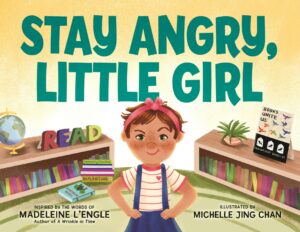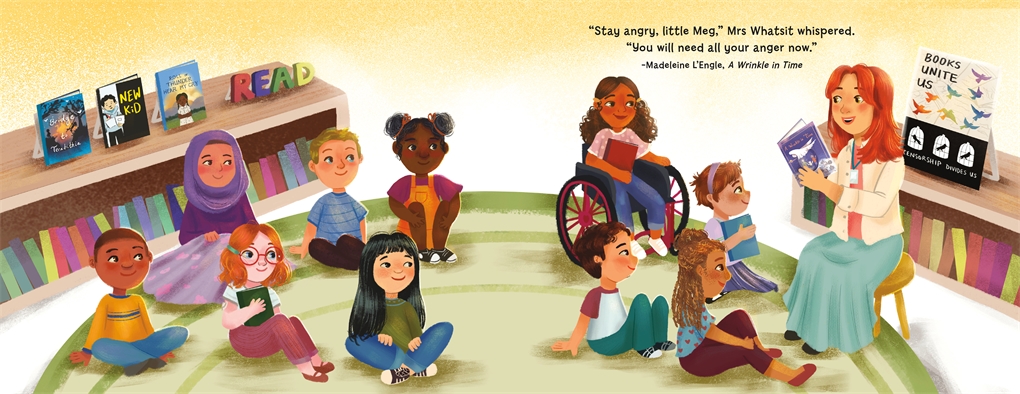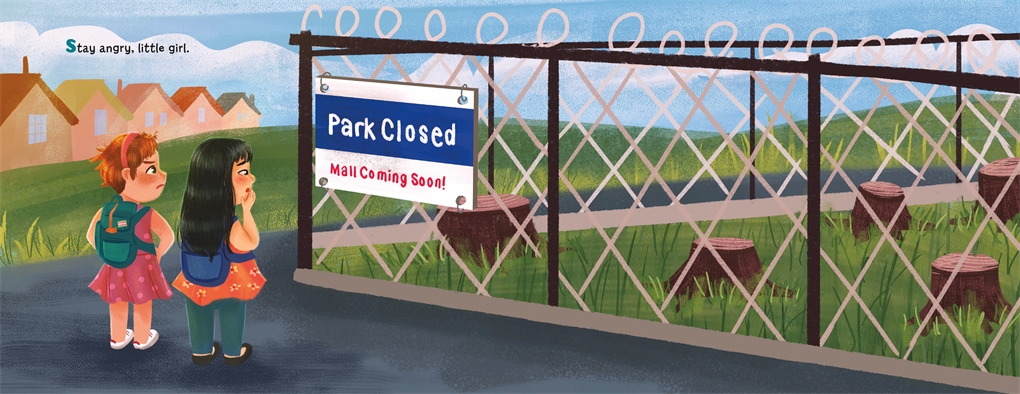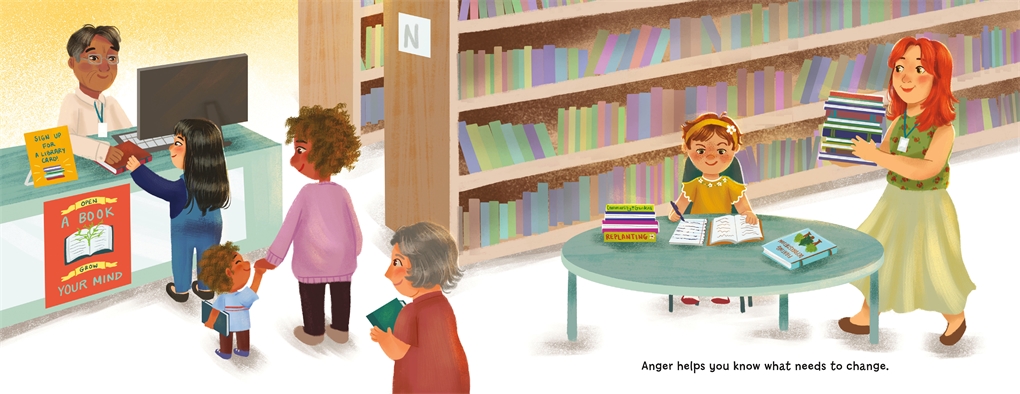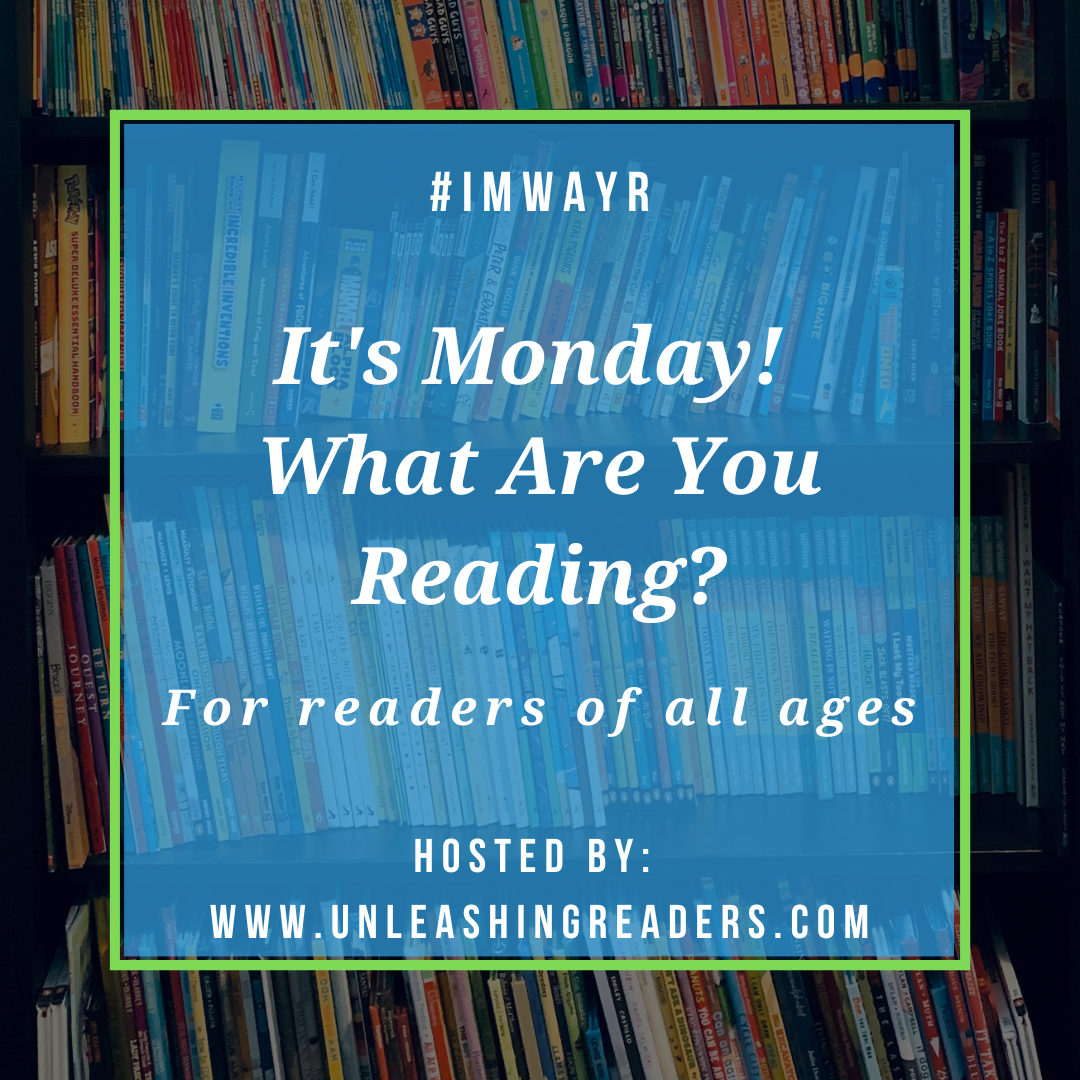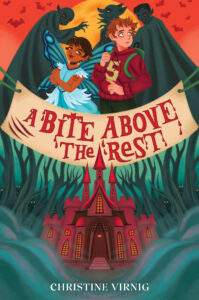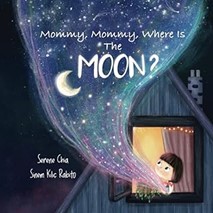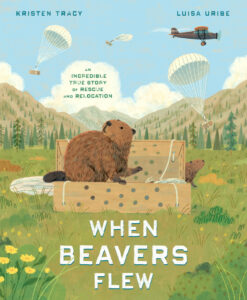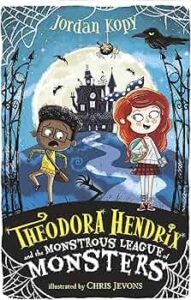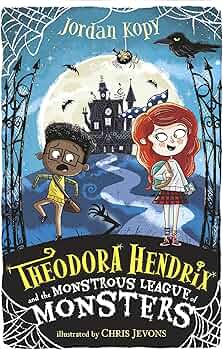Book Editorials
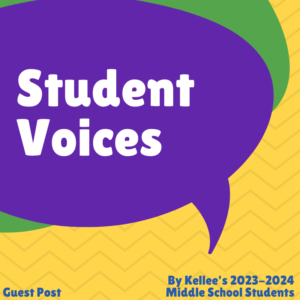
“What’s the Difference Between Single Books and Series?” by Cooper T., 8th grade
Character Development
From personal experience, I have enjoyed reading series over single books because of the connection you make with the characters. Getting to know the characters personally throughout 3+ books helps me to get engaged with the plot and series in and of itself. Many series authors also like to introduce twists in the characters as the books go on. While some readers may enjoy the less in-depth connection that single books bring, I appreciate books that allow me to connect with the characters, even if it means being more upset when the series ends. For example, most Gordan Korman books are standalone, so I read them if I need a quick read and not something to delve deep into, but I enjoy them less than series like The Testing trilogy by Joelle Charbonneau where new information about each character is revealed in ever book.
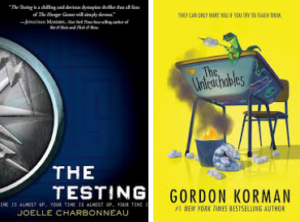
But that’s just the beginning. It’s pretty obvious that series will have better character development than single books because there’s more time to develop the characters. Going back to the example of The Testing compared to a Gordan Korman book like The Unteachables, we can look at the character development from just those two books (the first book in The Testing series has that same name). For those of you who haven’t read these books, here’s a quick summary because I’m going to try to use these as examples whenever possible (may contain spoilers):
The Testing by Joelle Charbonneau: When Graduation Day rolls around for Malencia Vale, she finally gets the chance to be part of The Testing, where the brightest kids from each of the post-apocalyptic United States colonies are chosen to become the nation’s future leaders. The only problem is that no one from Cia’s colony, Five Lakes, has been chosen in over a decade, and on Graduation Day, no one is chosen. But life will always find a way, and the day after a Tosu City official from the capital of the nation comes to pick up Cia and 3 others to be transported to The Testing. As Cia tries to get through the Testing, she begins to discover the dark secrets it holds.
The Unteachables by Gordan Korman: When Kiana moves to Greenwich, Connecticut, her temporary home while her mother is filming a movie, her time in the city starts about as bad as can be. She has to stay with her stepmom, who forgets to enroll her in the school she’s supposed to attend. She ends up with another kid’s schedule though and decides to follow that instead. But that schedule has just one class that spans all day in one room. Turns out, that room belongs to the so-called Unteachables, now taught by the most burnt-out teacher in the whole town, Mr. Kermit. The Unteachables never knew there could be a teacher who cared less about learning than them, and Mr. Kermit never thought he would want to teach again, not since the cheating scandal that turned his career upside down. But they learn to accept each other and as Mr. Kermit works to bring education to kids that teachers never gave a chance, they work to give Mr. Kermit his career back.
Back to the point, we don’t get a lot of information on the characters other than Cia in The Testing and we get just enough information on all the characters in The Unteachables (there are around 5 main characters, if I remember correctly). However “just enough information” on the characters in The Unteachables is still a lot of information, which makes it feel more complete than The Testing even if not having information on a lot of the other characters matches the plot of The Testing.
In the end, the character development can be better in single books because they’re more rushed to get information on the characters, whereas series have more time.
Plot and Storytelling
I decided to group these two because they’re very similar and the plot can come down to personal preference. I have enjoyed single books more here in the past because the plot is more rushed and suspenseful than series, where the plot can be slow to develop because they have multiple books to cover.
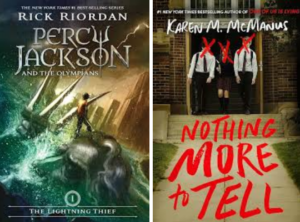
The books that will be used for this section are Percy Jackson by Rick Riordan for the series and Nothing More to Tell by Karen M. McManus. Here are the summaries:
Percy Jackson by Rick Riordan: Percy has always been the misfit. His dad left before he was born, he’s dyslexic and his only friend is the weird kid on crutches, Grover. Every teacher seems to have something against him, especially Ms. Dodd, the algebra teacher. When they go to the museum to study Greek mythology, Ms. Dodds takes it to a new level. After it’s all finished, Percy learns that his father is one of the Greek gods, and he is forced to leave his home and everything he’s ever known to go to Camp Half-Blood, where demigods can hone their skills and survive against creatures whose job is to destroy them, like Ms. Dodds. On his way, Percy, his mom, and Grover get attacked by a minotaur, who takes Percy’s mom to the Underworld. After a couple of months at Camp Half-Blood and learning the identity of his father, Percy is assigned to go on a quest to retrieve his mother. He only has so much time to retrieve his mother and more importantly, Zeus’ stolen master bolt.
Nothing More to Tell by Karen M. McManus: Tripp, Shane, and Charlotte were the only ones who were around when Mr. Larkin was murdered. Shane’s fingerprints were on the weapon and Mr. Larkin’s class trip money was in Charlotte’s locker. Tripp got their stories straight. After his murder, Brynn had moved away, but now she’s back, is interning with a true crime show, and is determined to solve the case. As soon as she gets back, she brings it up to her boss who immediately agrees to cover the story. Brynn is told to stay out of it, but she wants to find things out for herself. But the more she finds out about the case, she’ll find things that probably were better left undiscovered.
So, back to the point, which of these was better, and what makes it better? Both of these books were amazing, and I enjoyed reading both of them, but the plot of Percy Jackson was on another level. The events that occur in the book are so realistic but improbable that it makes for such a great story. It’s entertaining and there’s never a dull moment in the book. The author’s knowledge of Greek mythology and his way of explaining the myths makes the book so immersive and easy to understand. Nothing More to Tell was incredible as well, but the plot was very quick to develop and might’ve been better if there had been more explanation of some of the events.
The storytelling of Nothing More to Tell was great, and the amount of twists in the story made it very intriguing, especially with the very little information that is known about the case. However, the immersion in Percy Jackson is incredible, and the way the author blends the real world into Greek mythology feels so real. After reading the first book in that series, I was so excited for what was coming next, and the books never disappointed. I think series take this category simply because they can often be more creative because they have to span their ideas over multiple books.
In conclusion, a series is better in this category because the story keeps evolving throughout the books and since the first book is the introduction, it can be very intriguing. Single books do normally have good plots, but the fact that there is less time to develop the plot can lead to a decrease in quality.
Conclusion
In the end, it all comes down to preference. I tried to make this as unbiased as I could, but as I enjoy books like The Testing more than books like The Unteachables, there’s bound to be some bias. But when it comes down to comparing books, there always will be. These comparisons may not be the most accurate because every book is different and I haven’t read every book and every series but I hope the basis of this was valuable. Happy reading!
“Why Fiction is so Popular” by Trinity P., 8th grade
Fiction is very popular, and due to its abundance, everyone knows about it and seems to love it. But what is it about those books that makes it so loveable?
Fiction is an imaginary story that contains characters or events that are usually not in the real world.
One of the reasons why fiction is so popular is that it can have many topics like sci-fi, fantasy, romance, and mystery, and it can even be based on events in history like Refugee by Alan Gratz, because of the different options the readers would have a wider variety of books they can enjoy.
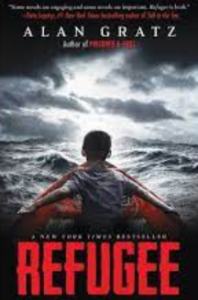
With fiction, anything you think of can become a book. It allows authors and creators to have fun imaginations and express what they enjoy to others.
From a young age, kids would usually start to read using fiction because it is easier to understand than books about history. Many movies are from fiction books like The Lord of the Rings, and The Hunger Games. Percy Jackson and the Olympians by Rick Riordan is very popular because it takes Greek mythology and adds it to the real world and because we can’t see it in the natural world it is still fun to learn about it.
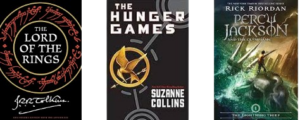
Fiction also has more representation because most of those books may not be centered around our world where some concepts or opinions are not respected, shone, or agreed with. Still, the story doesn’t take place in our world, it may be a totally different universe where some of those concepts are normal or don’t have an effect on the point of the book, so the reader can understand and know more about those opinions and apply them to the real world.
We are naturally curious so fiction can give us more to explore in a different way than in the natural world, we have to think and come up with what characters look like, act, sound like, or the setting whereas in the real world, you can look up images and pictures which limit your imagination. Fiction can also distract people from the real world, which can be stressful and overwhelming, allowing us to take a break and travel into an imaginary world that can relieve the pressure of society. It can also bring back childhood memories and enjoyments that have been discarded over the years.
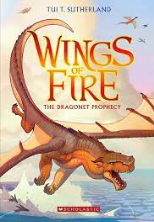
Fiction has had a big influence on me. Before, I rarely read or held a book in my hand but when I was introduced to the book Wings Of Fire, it showed me what book I liked or would enjoy which is fiction, then I explored other books and now I actually enjoy reading.
**SPOILERS FOR ORPHAN ISLAND BY LAUREL SNYDER AHEAD!!!**
“Rewriting Orphan Island‘s Ending” by Talia N., 7th grade
The original ending of Chapter 25, A Direction:
“Jinny sat up all night, in the darkness. Staring at the boy in the bed. Watching for any sign of change, anything but stillness. Loo made no sound at all,” (Loo got bit by a snake) “Every few minutes, Jinny forced herself to lean over, touch his lips, make sure there was still a faint stream of breath passing between them. The longer she sat, the more certain she became that this was the end, the very worst thing. Guilt and fear rasped inside her. Not even Ess’s whistling snore could comfort her now. Jinny had broken a rule, the rule” (The rule is that when the time comes you MUST go in the boat, but no one knows where that boat goes) “and nothing had been the same since. She had ruined the world. Unfortunately, that didn’t mean she could fix it. The mist would knit itself back together, or it wouldn’t. The wind would return to the cliffs. The snakes would settle. Or they might not. But she couldn’t change those things. They were too big for her, beyond her. She couldn’t undo them, or even understand them. She could only hope.”
“Then she stepped over Ess, leaned down, and scooped up Loo. Without word, without hesitation, Jinny turned, crossed the small room, and kicked the door open with a barefoot and strength she had no idea she possessed.”
“Then Jinny heard a shout. Many shouts. People were pointing up into the sky; and when she looked up. She saw it herself. Something was falling, like sand. Sand from the sky. Only the sand was white and soft, and it fell slowly—landed cold on her shoulders”
Jinny and Loo both leave on the boat and leave the other behind on the island with the sky falling.
What I want to rewrite is instead of Just Loo and Jinny leaving, I want them all to leave the island, not knowing what’s on the other side, I want them to pack some light supplies first. I also, this will happen before Loo gets the snake bite, Ben will be the first to come up with the idea. Jinny at first, doesn’t like this idea. She thinks that the boat will sink before they even get to the other side, but after some persuading from Ess and the others, she finally agrees, packs her belongings, and with the others gets on the boat one by one. At first, the boat looks like it’s about to sink, but lifted by the waves, it moves gently off the shore, into the water, and towards the sunset.
Thank you so much to my student voices today and their opinions on aspects of books!

